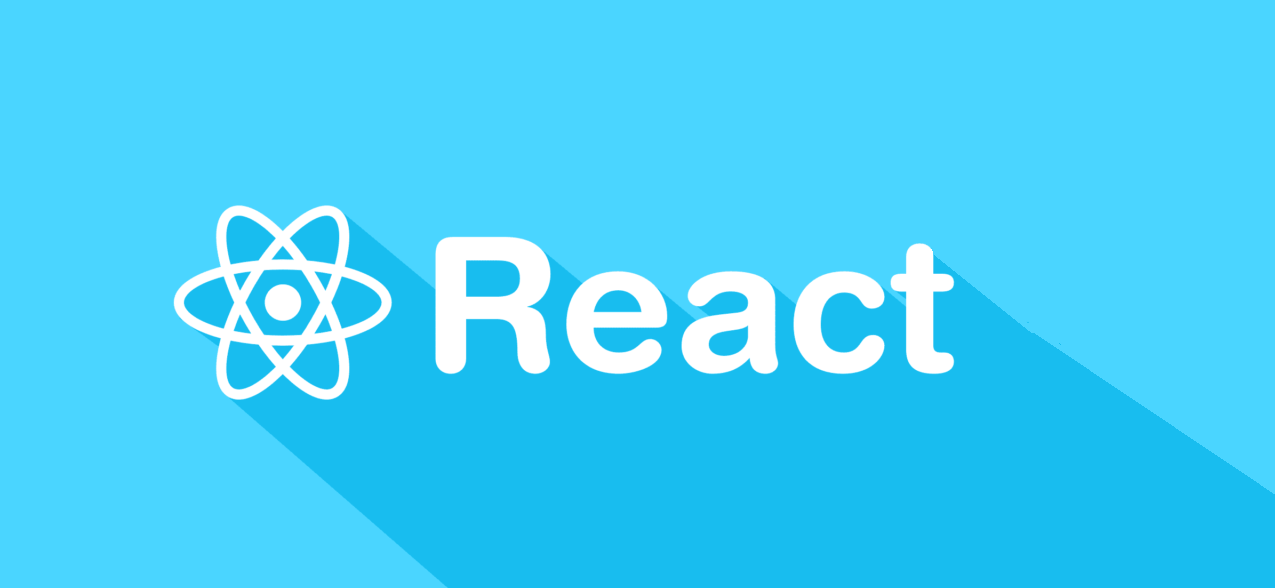
The conceptualization of startups, along with the categorization of their types, has become a highly nuanced approach due to the evolving nature of funding and the maturing of startup ecosystems. For instance, some early-stage startups can secure the same amount of capital as companies in Series A or seed rounds, which also indicates a bifurcation in the investment climate. It is reasonable to pose the question of how long a company is considered a startup in light of these shifts. Let’s take a daring step in outlining the potential criteria.
When Is a Company No Longer Considered a Startup?
From a financial and regulatory standpoint, when a startup goes public through an initial public offering, the company is no longer considered a startup due to the transition from being privately held and funded by venture capital or private equity to becoming publicly traded. However, this definition cannot become universally applicable as companies may prefer to remain private, which allows these enterprises to retain control over strategic focus and decision-making. There is no general consensus on how long a company is considered a startup, while some successful enterprises still describe their business as a startup. In this regard, we can hypothesize that some maturing criteria along with scaling milestones can be acceptable signs of a company’s transition beyond the startup phase.
Main Indicators for How Long a Company Is Considered a Startup
The featured criteria will help assess whether a business is still in its early stages of development. Startup founders should consider them to outline a development plan by eliminating these limitations for successful growth. This roadmap, in turn, will accelerate the transition from a startup to a mature business.
1. The Company Lacks Growth Vision
This section encompasses multiple problems that complicate long-term strategic development, and such enterprises do not have clear leadership direction. This criterion offers one of the essential insights founders can refer to when asking, “How long is a company considered a startup?” Business founders further have a limited understanding of market potential with customer needs to prototype the product while significantly relying on investor’s mentorship. Thus, these companies focus on short-term goals aimed at securing their survival.
2. The Business Still Requires Market Research
The lack of traction, in addition to the prototype stage of product development, are clear indicator that the business has not yet achieved market fit. If a company also does not have a customer base, it emphasizes the need for continued validation along with market research. The absence of a tested market strategy is a definite signal that entrepreneurs should consider their business a startup.
3. The Startup Does Not Have Business Model Validation
A lack of business model validation means that your enterprise cannot generate stable revenue, and operations remain unstructured or inconsistent to maintain consistent processes. From the perspective of determining how long a company is considered a startup, business model validation is another clear indicator of a company’s early stage of growth. Entrepreneurs should also consider the uncertainty levels in the company’s ability to generate revenue during scaling, as well as who the customers are and how much they will pay for the offered services.
4, There Is No Institutionalized Organizational Structure
Experts describe startups by emphasizing the informal chain of command and loose management style as main indicators of the early stage of organizational development. One may argue that modern tech solutions reduce the need for a formalized approach to organizational structure, though this framework is an indispensable part of future scaling. Additionally, the institutionalized form maintains effective reporting and accountability, while opening new departments is a good sign that the company no longer struggles with hiring integral employees.
5. The Company Culture Is Absent or in Its Early Stages
In simple terms, if the company cannot offer unique value and vision to its core stakeholders, this condition reveals that the organizational culture is absent. Professionals also assess brand development and awareness when determining how long a company is considered a startup. Therefore, the enterprise with no identifiable brand remains a startup, while this matter also intersects with a lack of growth vision and product prototyping.
When Is a Company No Longer a Startup: Criteria for Transitioning from Startup Status
To some extent, the transition from a startup to a mature organization is a gradual process, which can make it challenging to determine exactly when a company is no longer considered a startup. Building an organizational culture or growth vision exemplifies this concern. At the same time, there are still visible criteria to track the accomplishment of essential milestones.
1. Bureaucratization
The enterprise does not follow informal approaches to communication, management, and leadership, while the organization has established formal communication channels. Bureaucratization also can be expressed through strict role designation, and accountability with reporting constitutes a critical element in maintaining solid performance. The employee number also demonstrates the maturity level depending on the industry type.
2. Standardization and Uniformity
This criterion encompasses specific mindset and adoption of standardized managerial and leadership practices aimed at sustaining productivity. Brand reputation also expresses a startup’s transition to a company as it is built on consistent product-market fit, profitability, and bureaucratization. Notably, a distinct company obtains similar traits in positions or organizational types to large business entities or tech juggernauts concerning the uniformity criteria.
3. Profitability
If the organization has a flexible budget, can source qualified talents, and even acquire other businesses, it is an indicator of a company’s departure from its startup stage. Moreover, acquisition events can also mark when a company no longer has a startup status. Profitability also reflects that the organization has surpassed most of the previously mentioned indicators.
4. Scalable Business Model
This criterion distinguishes itself from profitability because a scalable business model has the capacity to grow without a proportional increase in budget expenditure. This matter also denotes that the organization possesses efficient systems to generate early revenue while having a value proposition to expand customer segments. Therefore, this phase is highly useful in determining how long a company remains a startup.
5. Business Infrastructure
The company has secured essential assets, technologies, and tools to withstand industry disruptions. These strategic acquisitions further build the competitive edge of the product, which underscores the organization’s maturity. Additionally, the established business infrastructure is a foundation for scaling, testing innovative ideas, and further modernization.
Final Commentaries
The shared guide reveals that a company is considered a startup when it has less formalized and unstructured management of core operations. Enterprises can also refer to themselves as startups to gain investor attention necessary to gain additional funds as capital injection can accelerate growth. Nonetheless, points that demonstrate when is a company no longer a startup include:
- The company has uniformity and standardized management practices.
- The company owns or acquires technology to expand its infrastructure.
- The product has its market fit and gains a customer base.
- The organization has achieved stable traction along with revenue.
- The brand has gained recognition while the enterprise continues to scale.
The transition process should not be rushed or ignored by startup owners. Arguably, entrepreneurs should embrace a startup mindset to set initial milestones for surpassing early stage challenges that contribute to failure.
Frequently Asked Questions (FAQ)
Q: How long is a company considered a startup from a time perspective?
A: Professionals do not use time as a definitive factor. At the same time, startups can complete a transition into a company in 3-5 years depending on the market stability, business model, and product value.
Q: When is a company no longer considered a startup?
A: If business owners decide to go public, the company is no longer a startup. Contrary, established market, customer base, standardization of management, and production comprise the main maturity indicators.
Q: What is the difference between SMEs and startups?
A: The difference lies in the essence of startup companies that embrace product ideas with highly innovative and disruptive potential. SMEs use traditional business models and are not built for aggressive scaling while setting operational consistency as a top priority.




